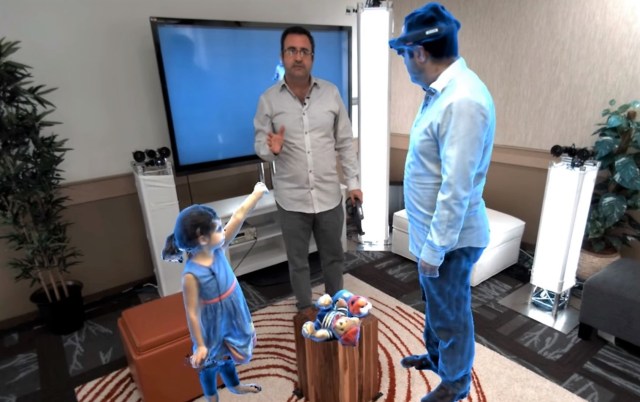
Researchers are dismayed by the first-ever case of the bat-killing disease known as white nose syndrome in Washington state, more than 1,000 miles west of where it’s been detected before.
The illness is linked to a fungus that’s primarily spread from bat to bat, but the fungus can also be transmitted via the shoes, clothes and gear of cave visitors.
Although it’s not harmful to humans, pets, livestock or most wildlife, the fungus is devastating for the bats. White nose syndrome has killed more than 6 million bats in North America since it was first documented nearly a decade ago, the U.S. Fish and Wildlife Service says.
White nose syndrome was first detected in New York, and until now, it was thought to have spread only as far west as Nebraska.









